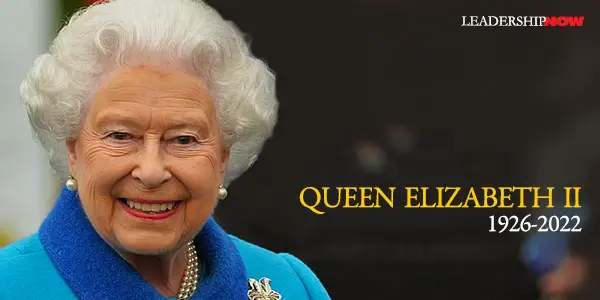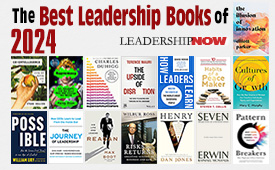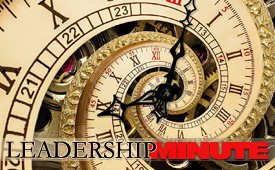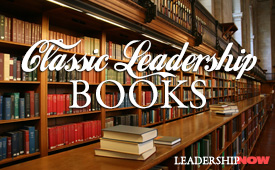 |
 |
09.09.22

Queen Elizabeth II: 1926—2022
ELIZABETH ALEXANDRA MARY WINDSOR was born on April 21, 1926, during the reign of her grandfather, King George V. She died peacefully at Balmoral Castle in Scotland at age 96 on September 8, 2022 after having recently celebrated 70 years on the throne. She was the longest-lived and longest-reigning British monarch. Although the Queen shared a name with Elizabeth I they are not related. Elizabeth I was the last of the Tudor royal line, whereas the Elizabeth II is of the Windsor family. When King George V died in 1936, his son David took the throne as King Edward VIII, only to renounce it within a year to marry American divorcee Wallis Simpson. Consequently he abdicated and brother Albert was proclaimed King George VI. Upon his sudden death in 1952, he was succeeded by his elder daughter, Elizabeth II.
In 1947, 21-year-old Elizabeth married the man she had fallen in love with when she was 13: Greek-born British naval officer Philip Mountbatten, a distant cousin. Two years later, they moved to Malta, where Philip was stationed with the British Navy. Royal observers have thought that these were some of the happiest years of her life. In Malta she was able to drive her own car and mingle with other officers’ wives without the layers of security and protocol that have defined her reign. Philip died in April of 2021, just a few months shy of his 100th birthday. He and Elizabeth were married for more than 73 years, and the Queen often spoke of Philip as her “strength and stay.” Elizabeth’s coronation took place on June 2, 1953, coming to the throne as a 25-year-old mother-of-two. Winston Churchill was the first of 15 prime ministers to serve under her. She met every U.S. president during her time as Queen except Lyndon Johnson. The vast majority of Britons have never known another monarch, and she was overwhelmingly popular until her death. But it was never easy. As a leader she was authentic and a stabilizing force leading Britain through its reinvention after World War II. She enthusiastically enabled a community of nations as the Empire came to an end and bridged the gap between past and present. Through tragedies and triumphs, she kept calm and carried on.
“Criticism is good for people and institutions that are part of public life. No institution — City, Monarchy, whatever — should expect to be free from the scrutiny of those who give it their loyalty and support, not to mention those who don’t.
Posted by Michael McKinney at 08:16 AM
|
BUILD YOUR KNOWLEDGE
 

How to Do Your Start-Up Right STRAIGHT TALK FOR START-UPS 
Grow Your Leadership Skills NEW AND UPCOMING LEADERSHIP BOOKS 
Leadership Minute BITE-SIZE CONCEPTS YOU CAN CHEW ON 
Classic Leadership Books BOOKS TO READ BEFORE YOU LEAD |